Belgium’s brewing tradition stretches back centuries, creating some of the world’s most revered beers along the way. From Trappist monasteries where monks have perfected their recipes for generations to family breweries that have weathered world wars and changing tastes, these historic brewing houses offer far more than just great beer. They’re living museums where ancient techniques meet modern passion, and where every sip tells a story of Belgian craftsmanship.
Belgium may be small—roughly the size of Maryland—but it punches way above its weight in the beer world. These breweries have survived everything from medieval plagues to Nazi occupations, somehow managing to keep their copper kettles bubbling and their traditions alive. Many still use equipment that’s older than your great-grandfather, and some even rely on wild yeasts floating in the air to work their magic. Here is a list of 15 historic Belgian breweries that open their doors to visitors eager to taste history.
Cantillon
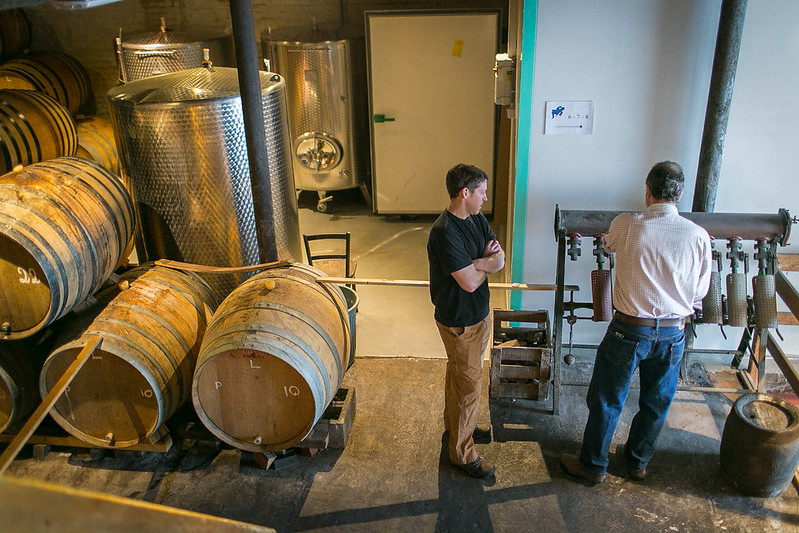
Founded in 1900, Cantillon is Brussels’ last operating lambic brewery and still uses much of its original 19th-century equipment. This is more than a brewery—it’s a time capsule that happens to make incredible beer. The family-run operation doubles as the Brussels Museum of the Gueuze, where visitors can take self-guided tours through barrel rooms where beers mature for up to three years in chestnut wine casks. Visitors may notice by the cobwebs everywhere; spiders are considered friends here because they help with the wild fermentation process. Entry costs around €6–€7 and includes two taster glasses of their startlingly acidic brews.
De Halve Maan
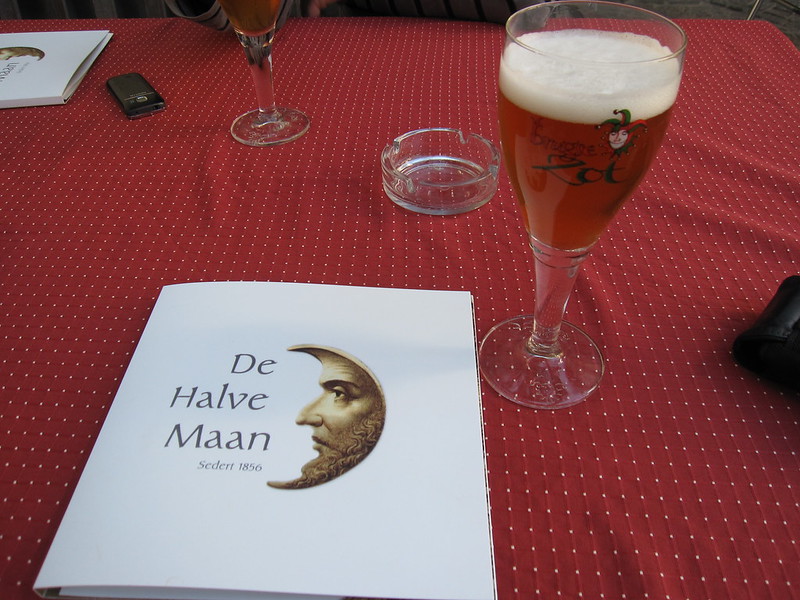
Located in the heart of Bruges, De Halve Maan has been brewing since 1856 and remains a vibrant family brewery six generations later. This place pulls in over 100,000 visitors annually, and for good reason. During guided tours, you’ll climb narrow stairs to soak in a spectacular 360° view over Bruges, making it one of the most photogenic brewery experiences you’ll find. The brewery claims fame as the only place in the world where you can enjoy unfiltered Brugse Zot or Straffe Hendrik beer. In 2016, they installed a unique underground beer pipeline stretching 3 kilometers from the brewery to their bottling plant in the suburbs.
Westmalle
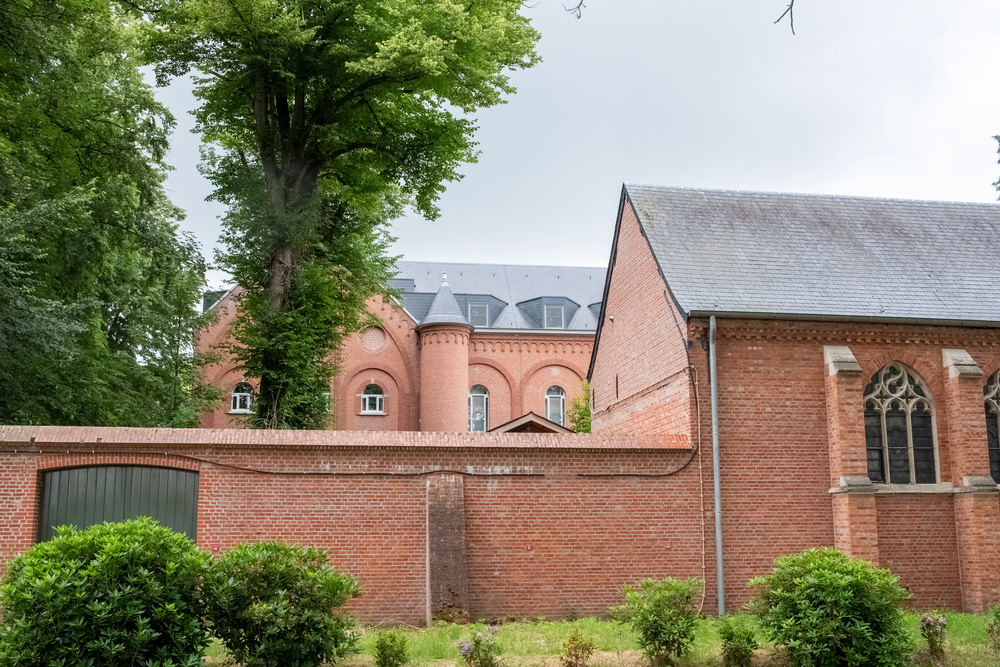
— Photo by bjorn999
The Westmalle Abbey was founded in 1794, with the brewery officially starting in 1836 when the first abbot decided the monks would brew their own beer. This isn’t just any brewery—it’s the place that essentially invented the Belgian Tripel style in the 1930s. Westmalle Tripel was first brewed in 1934, and the recipe hasn’t changed since 1956. While the abbey doesn’t allow visitors inside, there’s an officially owned brewery tap on the main road where visitors can sample their legendary Dubbel and Tripel. These monks take their brewing seriously—they even provide yeast to other Trappist breweries like Westvleteren.
Orval

— Photo by BalkansCat
Orval Brewery sits within the walls of the Abbaye Notre-Dame d’Orval in Belgium’s Gaume region, with evidence of brewing dating back to the earliest days of the monastery. A document from 1628 directly mentions monks consuming beer and wine, though the current brewery began operation in 1931. What makes Orval special is its distinctive bottle-conditioned beer that gets its unique character from a specific wild yeast strain. The brewery normally stays closed to the public but opens its doors for two special days each year. However, you can visit the nearby café to sample their commercial Orval beer and the exclusive Orval Vert that’s only available on tap at the abbey.
St. Bernardus
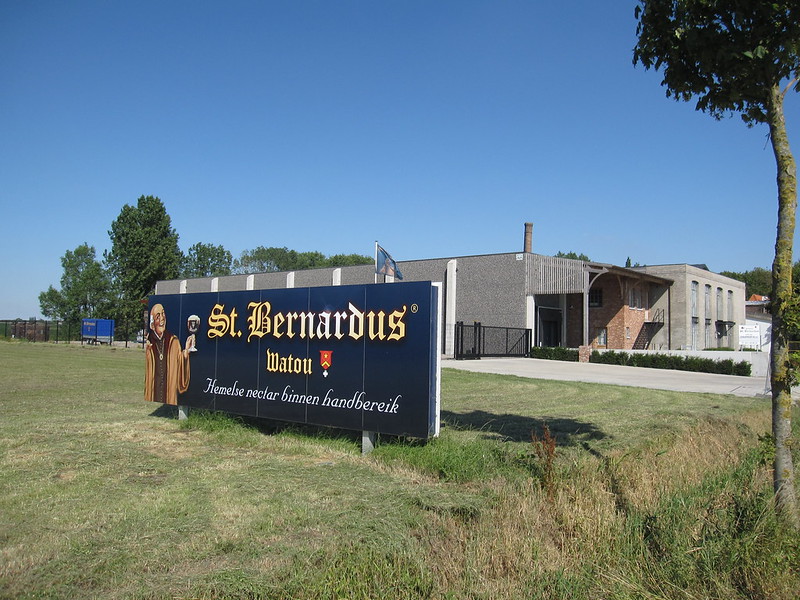
St. Bernardus traces its roots to the late 19th century when anti-clericalism in France forced monks to move to Watou, Belgium, where they originally produced cheese before transitioning to brewing in 1945. The brewery has transformed dramatically since Hans Depypere took over in 1998, growing from a few thousand hectoliters to approximately 33,000 hectoliters by 2013. Their 90-minute tours include a film, visits to the brewery and bottling plant, plus tastings of their Tripel, Pater 6, Prior 8, and Abt 12 beers. In 2018, they added an entire new wing with a spectacular 360° rooftop bar called ‘Bar Bernard’, plus spaces for events and seminars.
Westvleteren
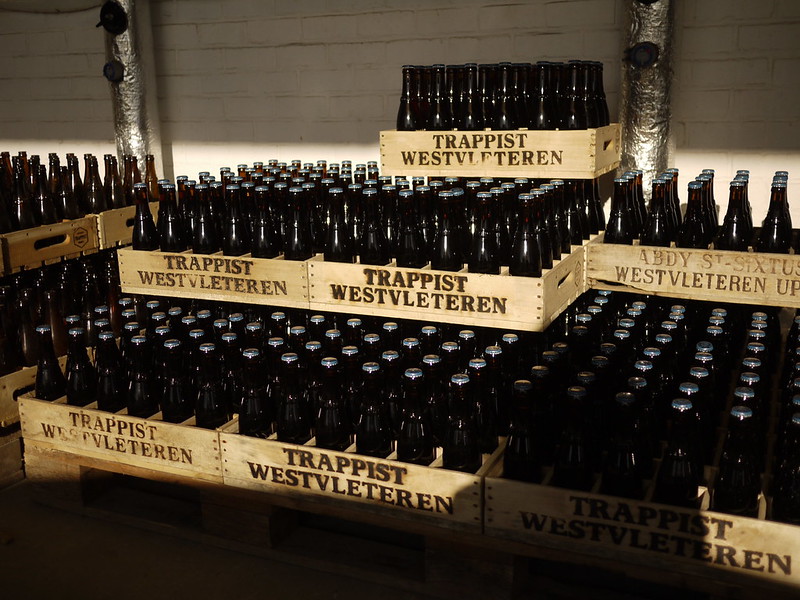
The St. Sixtus Abbey received its brewer’s license signed by King Leopold I in May 1839, with the first test brew likely produced the same month. This tiny monastery brewery has achieved legendary status, with their Westvleteren 12 often voted ‘the best beer in the world.’ You can’t actually visit the brewery itself, but you can go to the abbey and visit the In de Vrede café across the road. The monks only sell to private consumers through their webshop and at the abbey, intentionally limiting production to give everyone a fair chance to buy at the correct price.
Liefmans

— Photo by wlerooy
Liefmans produces fourteen different beers with an annual output of 100,000 hectoliters and offers brewery visits by appointment. This brewery specializes in Belgium’s famous fruit beers, with tours showcasing the unique process of brewing and maturing fruit-infused beers. Located in Dentergem, Liefmans has built a reputation for its Goudenband, Oud Bruin, and Kriek Brut varieties. The brewery has a ‘fabled history’ and remains part of the Duvel Moortgat family of breweries, representing the traditional Flemish Brown Ale style. Their tours provide insight into the complex aging process that gives these beers their distinctive sweet-and-sour character.
Rochefort
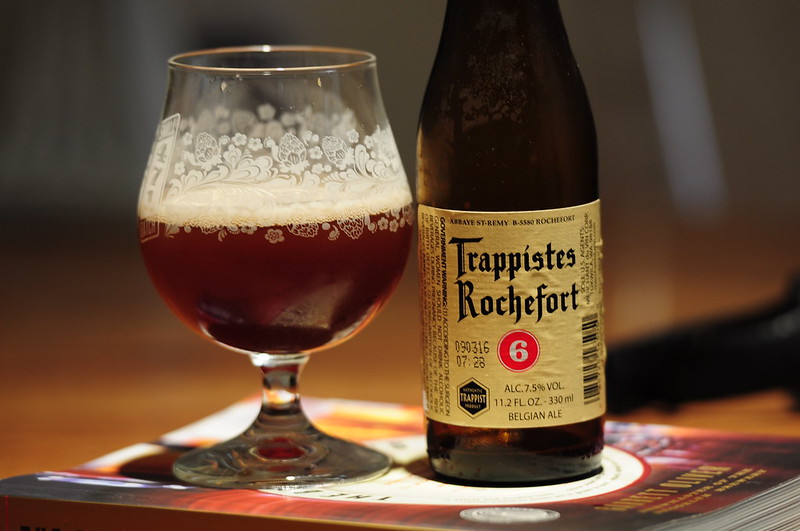
The monks of Abbaye St. Rémy in Rochefort brew what many consider the best Trappist beers on the market under the ‘Rochefort’ brand. They only produce about 20,000 hectoliters per year, keeping production deliberately small to maintain quality. Rochefort is one of the six official Belgian Trappist monasteries, along with Westmalle, Chimay, Orval, Achel, and Westvleteren. Like many Trappist abbeys, Rochefort doesn’t allow visitors into the actual brewery, but their beers—particularly the complex Rochefort 10—are available at select cafés near the abbey and represent centuries of monastic brewing expertise.
Duvel Moortgat
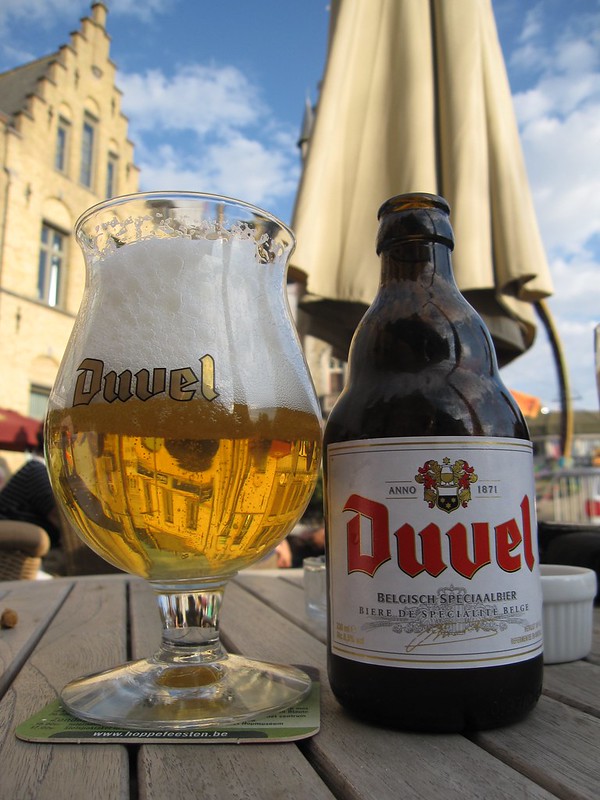
Located in the rural town of Puurs on the River Scheldt between Antwerp and Brussels, Duvel Moortgat offers guided tours lasting 2–2.5 hours. This major brewery produces 1,000,000 hectoliters per year and can be visited by both groups and individuals. Duvel (‘devil’) gets its name from its high alcohol content, cleverly camouflaged by a pale color. Tours include an introductory film and walk through the brewery and bottling plant, ending with tastings while their full portfolio of beers is available at the on-site bar.
Chimay
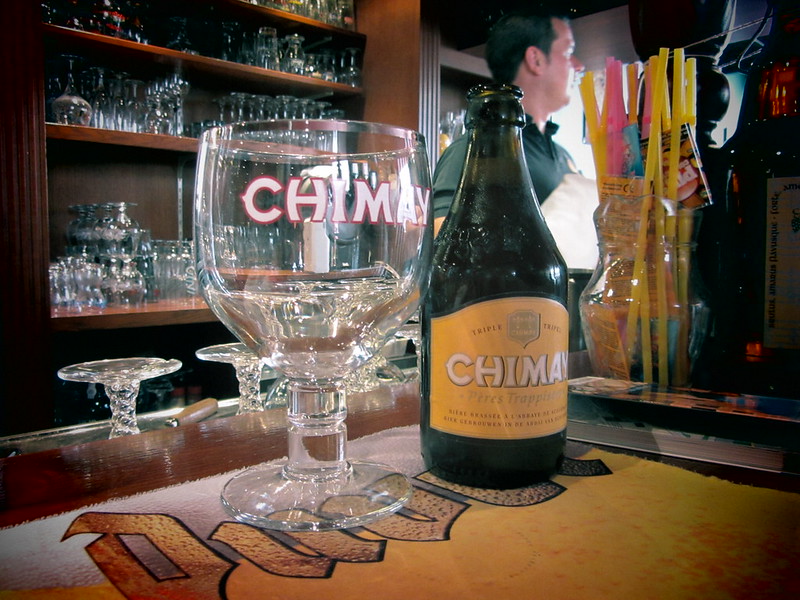
Chimay operates from the ‘Our Lady of Peace’ Abbey in Chimay-Scourmont and ranks as the second-largest Trappist brewery after Westmalle, with an annual output of 200,000 hectoliters. Four different flavors of Chimay beers are brewed here, and group visits to the bottling line are possible. Chimay Blauw/Bleu stands out as extremely smooth, milkshake-like, and complex. There’s an official café near the abbey where visitors can sample the full range of Chimay beers and learn about the monastic brewing tradition that has continued for generations.
Bosteels
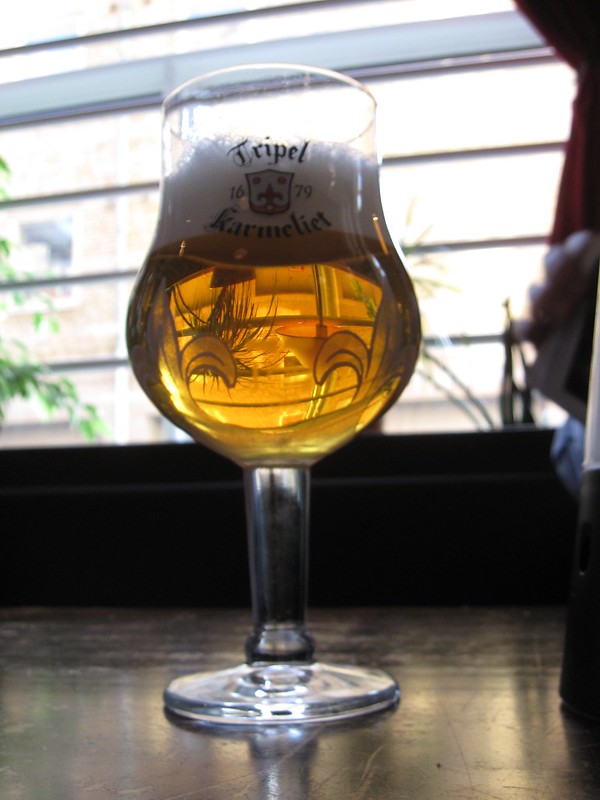
In the hands of the Bosteels family for over 200 years, since Jean-Baptist Bosteels established the brewery in 1791, this family operation has never stopped brewing, even during world wars. What now houses the brewery’s offices was the family home for seven generations, complete with family portraits dating from the 1700s hanging over the mantel. They produce 100,000 hectoliters annually in five different beers, with visits available only by group arrangement. They’re known for Tripel Karmeliet, DeuS, and the famous Pauwel Kwak, which comes in its distinctive hourglass-shaped glass.
3 Fonteinen
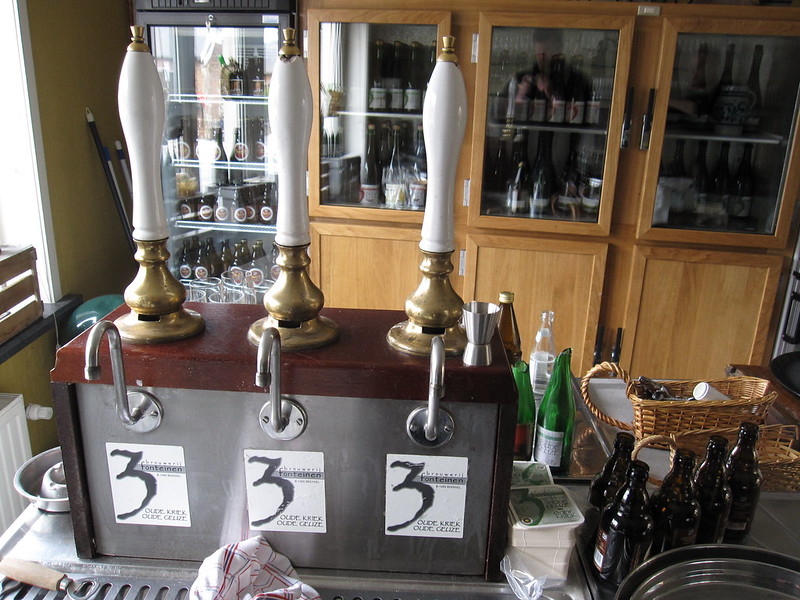
Located in Beersel, 3 Fonteinen operates as a small brewery producing eight excellent lager and fruity beers with a maximum of 1,000 hectoliters per year. This brewery produces some of the world’s most refined and complex Lambics, offering visitors a deep dive into the artistry of blending Lambic, Gueuze, and Kriek beers. Their massive complex in Lot, Belgium, is located in a former dairy ice cream warehouse and features blending, barrel-aging, bottling, a shop, a Schaarbeekse cherry orchard, and the Lambik O Droom café. Their beers can be purchased directly from their brewery shop on site.
Brasserie d’Achouffe
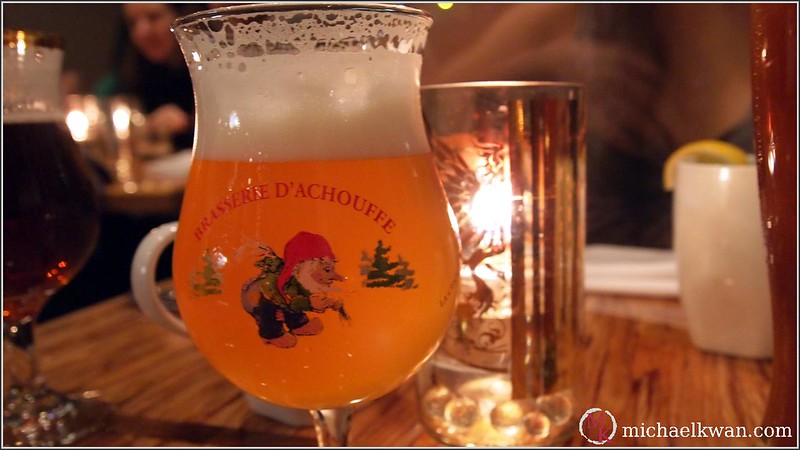
Located in Houffalize in the village of Achouffe, Brasserie d’Achouffe’s history dates back to the end of the 1970s. This brewery sits in the heart of the Ardennes and is famous for its gnome mascots Malcom & Marcel, where visitors can take photo opportunities with the iconic figures. Tours include tastings held in the rustic and cozy hospitality room of the brewery, which is only open to those who take the official tour. Each of their beers is represented by an elf and characterized by its own unique flavors, making Achouffe one of Belgium’s most whimsical brewery experiences.
De Koninck
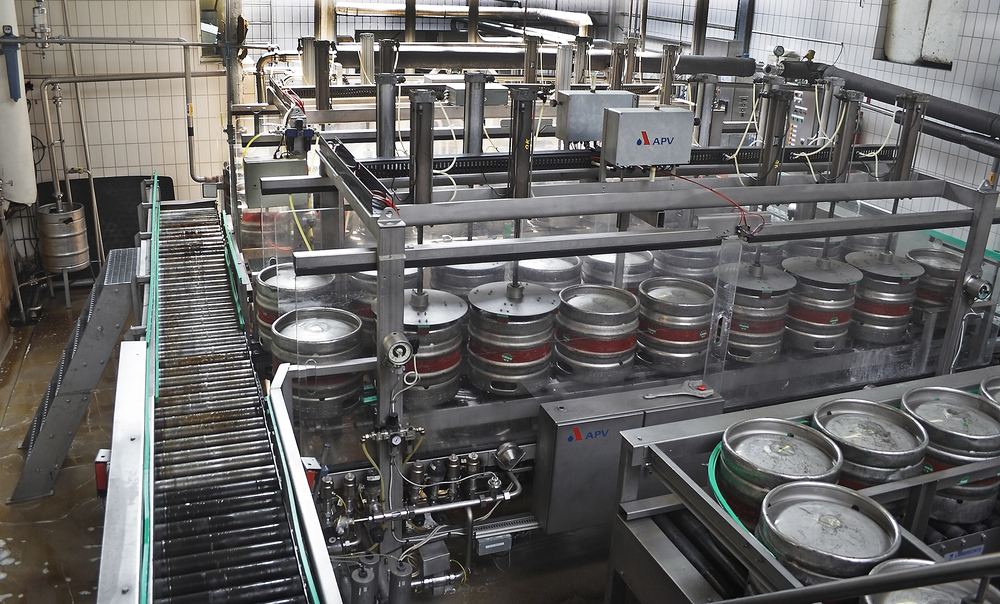
— Photo by Pecold
This family-owned brewery in Antwerp produces four different beers with an annual output of 200,000 hectoliters. The self-guided program costs 12 euros per person and takes 75–90 minutes, walking visitors through 10 different rooms with video and interactive displays explaining the brewery’s history and the importance of the bolleke—De Koninck’s famous goblet-shaped glass. The brewery can be visited by groups only, by appointment one month in advance. The tour ends with beer tasting, while the full portfolio of Duvel Moortgat’s beers is available at the on-site bar, plus the brewery houses top-notch food shops for handmade chocolates, Belgian cheeses, and cured sausages.
Boon
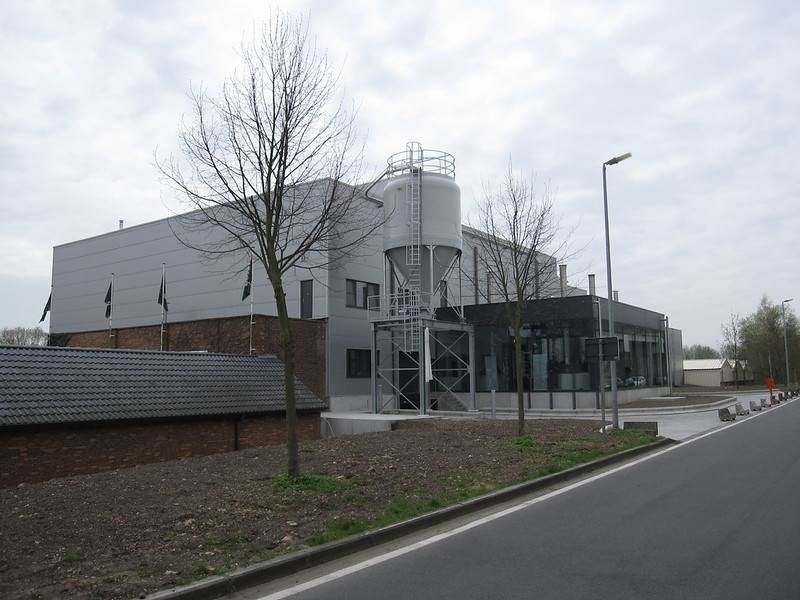
Boon operates as a privately-owned small brewery with support from Palm for distribution, producing eight excellent fruity beers and a dark brown ale. Group visits are available by appointment. Located in Lembeek, Boon represents another piece of Belgium’s lambic heritage, continuing the traditional brewing methods that have defined this unique beer style for centuries. The brewery focuses on authentic lambic production methods, using traditional techniques to create their range of spontaneously fermented ales. Their commitment to traditional brewing makes them a valuable stop for anyone wanting to understand Belgium’s unique contribution to the beer world.
From tradition to today
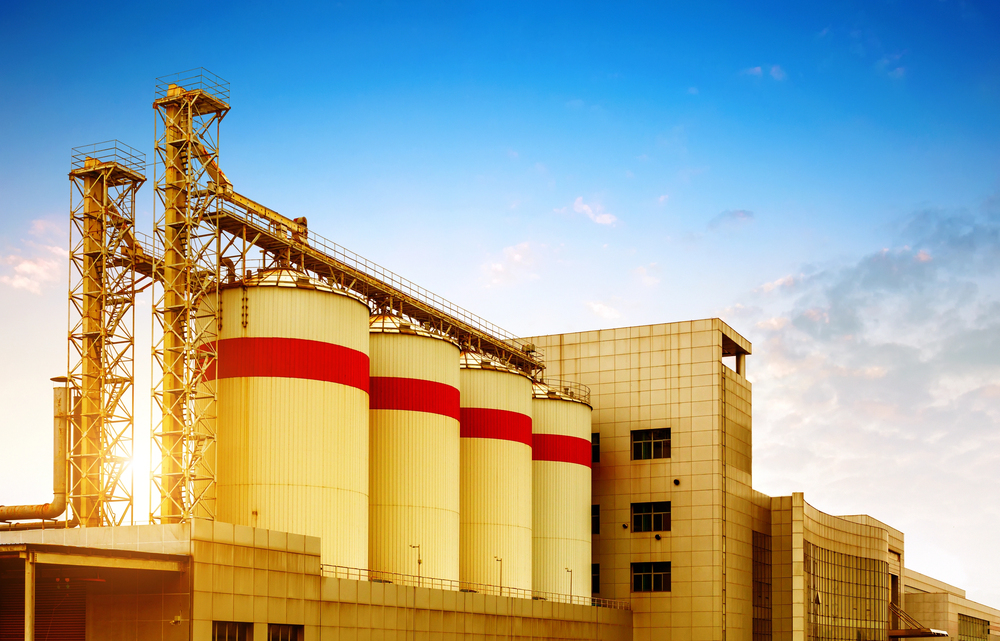
These fifteen breweries represent more than just places where beer gets made—they’re keepers of Belgium’s liquid heritage. Whether you’re sipping a carefully aged lambic that took three years to perfect or enjoying a Tripel recipe that hasn’t changed since the 1950s, you’re tasting centuries of brewing evolution. From medieval monasteries to family operations that survived two world wars, these breweries prove that the best traditions aren’t just preserved in museums—they’re alive, bubbling, and waiting for your next visit.
More from Travel Pug

- 20 Best Beach Towns in the Carolinas
- 13 Destinations Where Tourists Regularly Regret Their Trip
- 20 Things You Actually Get in First Class
- 20 Small Airports With Aviation Museums
- 20 Places in the U.S. That Are Perfect for a Reset Trip
Like Travel Pug’s content? Follow us on MSN.
